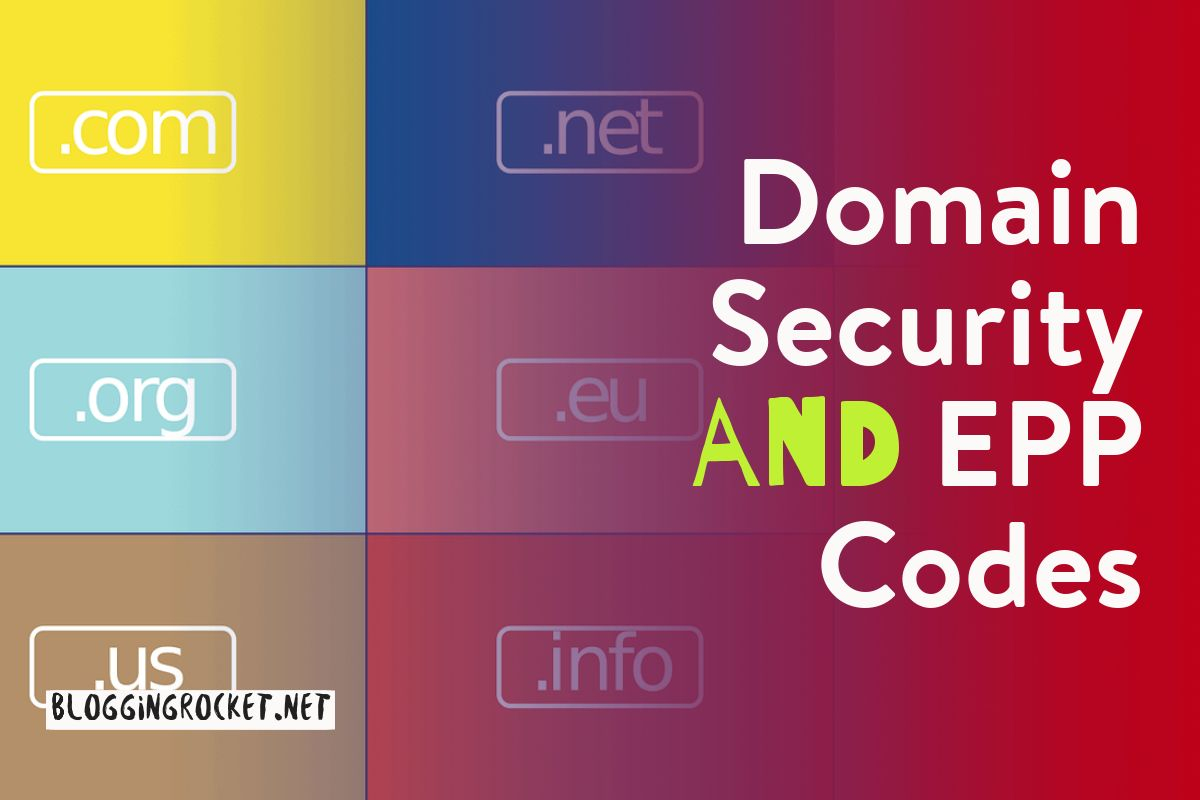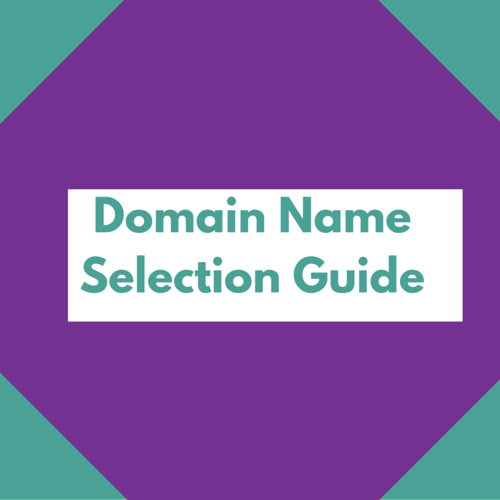 In today’s digital and online world, everything revolves around websites. Without one, it’s as if you don’t exist at all. You’ve undoubtedly also heard of domains and that you need one to actually have a website.
In today’s digital and online world, everything revolves around websites. Without one, it’s as if you don’t exist at all. You’ve undoubtedly also heard of domains and that you need one to actually have a website.
So, a domain and a website are two separate entities that collaborate with each other effectively. Since the Internet is a vast place with an abundance of information flowing about, it became necessary to register entities who own websites. That’s what a DNS (Domain Name System) is for. It’s basically a phonebook but for internet addresses.
Each website has a unique address assigned to it, which means they’re easily findable and recognizable in this sea of information. With that in mind, let’s talk about domains, domain security, and EPP codes a bit more, shall we?
What is a domain name?
As mentioned before, a domain name or simply a domain is your website’s internet address. As you may already know, the Internet is a global network of computers connected through tons of cables that can communicate with each other. Now, every device, and thus every website, requires a specific address in order to have its place in the online world.
A device’s address is also called an IP address, and it’s basically a string of numbers that looks like this: 66.527.77.1. Since that can be pretty hard to remember, domain names were invented – they usually take the form of easy to remember words and phrases, such as www.mywebsite.com.
Websites normally receive their domain names from their hosting providers’ computers. Alright, but how does it all work? It’s not very complicated at all, so here’s an example:
- You type in: https://www.mywebsite.com in your browser.
- The directions to a website you’re looking for, go to the nearest DNS server.
- If the closest DNS server doesn’t have information about this domain name, it will ask another server for info.
- The DNS server that has the info will provide the IP address to the server closest to you and they will, in turn, provide it to you while caching the data.
- You’ll then have access to a website you’re looking for.
Internet addresses come in two categories, IPv4 and IPv6. For some time, tech experts thought that providing addresses for around 4 billion connected devices (IPv4) will be more than enough to meet the needs of the growing human population; however, we’ve long since surpassed that number, which created the need for more addresses (enter IPv6).
Domain security for businesses
Now we come to the security part. The same way you want to protect your home from intruders, you want to do the same for your domain. You don’t want people to snoop around and do whatever they want at your online property.
But before we get to that, let’s analyze domains a bit more. A domain consists of two parts; a top-level domain (TLD) and a second-level domain (SLD). So, let’s use the www.mywebsite.com as an example again. The SLD here is the “mywebsite”, whereas, the TLD part is the “.com” extension.
The TLD represents the highest level extensions in the DNS hierarchy. The most popular one is the .com extension. There are also country-specific or country code (cc) TLDs, such as .us, .uk, .au, etc. and sponsored TLDs, such as .gov, .edu and so on.
The first step to ensure domain security is to register it to your own name or a brand if you have one. After that, you should implement reliable domain name security practices, such as picking the right TLD extension. To round out the whole thing, here are a few more examples of what you can do to further increase the security of your domain:
- Use strong passwords and multi-factor authentication options (MFA) for website accounts.
- Implement strict policies regarding who can access, alter and upload data on your website.
- Educate employees about potential threats, especially email phishing scams, to avoid potential data breaches.
- Manage your domain even if you’ve outsourced this task to a third-party agency.
- Use anti-malware software and employ security measures, such as SSL certificates and DNSSEC protocols.
What are the EPP codes?
The EPP code or the domain registration authentication code is another layer of security for your domain. Each domain name belongs to a specific registrar that assigns these unique codes to every domain name in its archive.
In other words, these codes protect your ownership of the domain. So, if someone was to try and transfer your domain to a different registrar without you knowing, they’ll be unable to do so without the EPP code.
This is especially true if you have a domain name with .com, .org, .net, .biz, .info and similar TLDs. What’s more, should you choose to transfer to another registrar on your own, you won’t be able to initiate the transfer without an EPP code.
Okay, but where can I find the code? Simply, contact your registrar and they’ll provide you with the code. Keep in mind that these codes are case sensitive, and if you already have them, you shouldn’t share them with just anyone.
Whether you’re an individual or you represent a company that needs a website, you’ll need to register a domain name, which you can do by contacting your hosting provider. However, the important thing is to protect your domain name and ensure proper security measures are in place so that no one can tamper with it or access your sensitive data without proper authorization.
Jolene Rutherford
Jolene Rutherford is a marketing specialist – turned blogger, currently writing for technivorz.com. Interested in digital marketing and new technology trends. Love sharing content that can help and mean to people.

